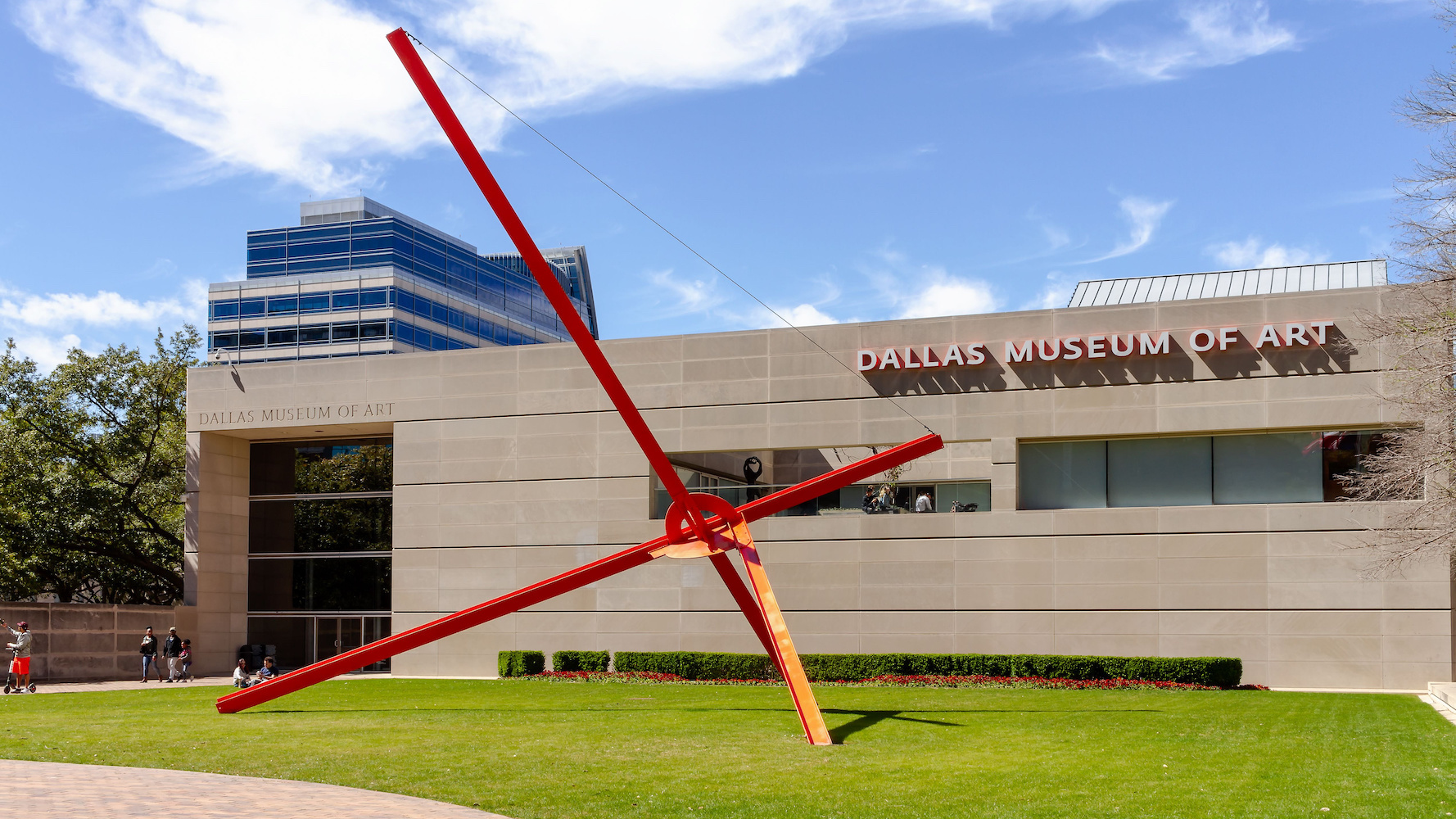Dallas Museum of Art Launches Global Competition for Major Campus Overhaul

The Edward Larrabee Barnes–designed Dallas Museum of Art (1984), an anchor institution of the city's Arts District. Photo by Gilberto Mesquita, Shutterstock
Upon its debut in 1984, Edward Larrabee Barnes’s monumental, limestone-clad Dallas Museum of Art (DMA) was praised by Paul Goldberger in the New York Times for its "self-assurance" and for having a “strong relationship to the classical museums of old.” Nearly four decades later, the museum is set to undergo a sweeping “architectural reinvention” that DMA director Dr. Agustín Arteaga said will enable the venerable Texas institution to set the standard in "an era where the museum of the 21st century is still being defined."
As announced last week, the DMA has launched a two-stage global competition seeking architect-led multidisciplinary design teams to helm the $150–175 million expansion and redesign project. The first stage of the Malcolm Reading Consultants–organized competition won’t require entrants to submit design proposals but rather present their overall approach and outline the team composition and each member’s relevant experience. At minimum, teams vying to move on to the second stage must include lead design architect, landscape architect, exhibition designer, and engineers, including structural, services, and sustainability.
The second stage will kick off this spring with five shortlisted teams presenting their respective design concepts at a public exhibition held at the DMA over the summer. Each team will receive a $50,000 honorarium for their concepts along with up to $10,000 in expenses.
“DMA needs greater physical visibility, it needs to be transparent, show what is going on inside, and be emotionally woven into the city’s fabric, and welcoming and accessible to all,” reads the competition brief.
First established in 1903 and currently ranking as one of the largest art museums in the United States, the DMA was previously located at Fair Park in South Dallas before its 1970s-era move to the then-nascent Arts District on the northern edge of the city's downtown core. Although heralded at its opening, the DMA’s Barnes-designed home (Dan Kiley oversaw the campus landscape) was “designed for a different Dallas, a different time, and a different society.”
“Conceived among warehouses and undeveloped city lots, the austere Modernist design in Indiana limestone forefronted elegance and quiet dignity,” the brief continues. “But in a different cultural context, with changing visitor expectations, with access to art now an issue of equity, diversity and inclusion, and with ambitious new skyscrapers and parks emerging around the Museum, Barnes’ capacious two-block campus can be read as unwelcoming, off-putting, and defensive. Visitors find the complex difficult to navigate, while inflexible and dated galleries have resulted in iconic artworks languishing in storage.”
To that end, museum leadership envisions a new addition or additions that would yield flexible gallery spaces, a reorganization of the DMA’s circulation and entrances, and a “holistic reapportioning of internal space” to allow for features such as a new auditorium, event spaces, staff facilities, dining and retail areas, and more. The existing museum’s aging infrastructure would also be modernized to meet contemporary sustainability standards.
“With our global collection of more than 26,000 artworks from all cultures and time periods, we are one of the most iconic cultural bodies in the city of Dallas. The campus was thoughtfully designed for the time with many good qualities but also presents challenges,” added Arteaga in a statement. “Today we are no longer able to accommodate the exponential growth of our collections and are forced to keep masterworks hidden from the public due to limitations on space. It is time for our building to evolve to meet the current and future needs of our diverse and expansive collections and communities.”
A funding campaign for the project is set to launch later this year.



-Hamon-Forecourt-View--Nieto-Sobejano-Arquitectos.jpg?height=200&t=1691218537&width=200)
-North-Harwood-Street-View--Michael-Maltzan-Architecture-and-MRC-min.jpg?height=200&t=1689196942&width=200)